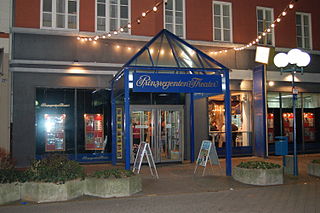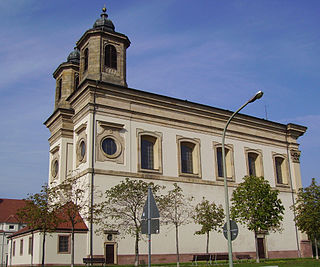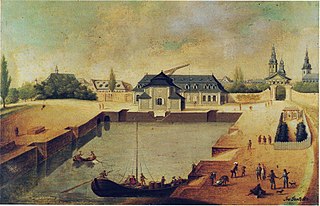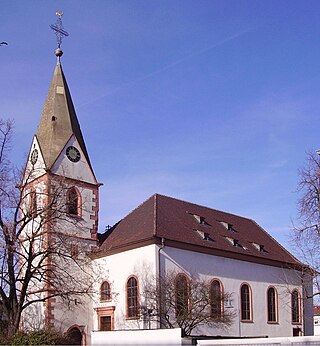7 Sights in Ludwigshafen am Rhein, Germany (with Map and Images)
Legend
Welcome to your journey through the most beautiful sights in Ludwigshafen am Rhein, Germany! Whether you want to discover the city's historical treasures or experience its modern highlights, you'll find everything your heart desires here. Be inspired by our selection and plan your unforgettable adventure in Ludwigshafen am Rhein. Dive into the diversity of this fascinating city and discover everything it has to offer.
Sightseeing Tours in Ludwigshafen am Rhein1. Denkmal Kriegsgefangenenlager
The Rheinwiesenlager were a group of 19 concentration camps built in the Allied-occupied part of Germany by the U.S. Army to hold captured German soldiers at the close of the Second World War. Officially named Prisoner of War Temporary Enclosures (PWTE), they held between one and almost two million surrendered Wehrmacht personnel from April until September 1945.
2. Prinzregenten Theater

The Prinzregenten-Theater in Ludwigshafen am Rhein, in the district of Hemshof, is a privately run theater that was founded in the summer of 1977 by the actor and director Bernhard F. Dropmann with the aim of preserving the Palatinate dialect.
3. Wallfahrtskirche Mariä Himmelfahrt
The Castle and Pilgrimage Church of the Assumption of the Virgin Mary in the Ludwigshafen district of Oggersheim is a Catholic hall church in the early classicist style, which also has high baroque elements. It was built in 1775 over a Loreto chapel that had existed since 1729, which was completely preserved. The address is Kapellengasse 8.
Wikipedia: Wallfahrtskirche Mariä Himmelfahrt (Ludwigshafen) (DE), Website
4. Stauschleuse Frankenthaler Kanal
Via the canal harbour and the associated Frankenthal Canal, the town of Frankenthal (Rhineland-Palatinate) in the Lower Palatinate used to be connected to the Rhine, which flowed past 4 km to the east. After extensive renovation, the filled in old harbour basin has been a park-like recreation facility on the eastern outskirts of Frankenthal since 2011.
5. Knödelbrunnen
The dumpling fountain is the nickname of a fountain in the center of Ludwigshafen's pedestrian zone. It is a fountain designed by the Ludwigshafen artist Ernst W. Kunz with balls piled on top of each other. The fountain was created as a result of a competition by the city of Ludwigshafen am Rhein for the artistic decoration of Bismarckstraße, which was converted into a pedestrian zone in 1977.
6. Paul-Gerhardt-Kirche
The Paul-Gerhardt-Kirche is a Protestant church in the Ludwigshafen district of Rheingönheim. It was built in the 18th century. The tower dates back to the 13th century. It is the oldest surviving part of a church in Ludwigshafen am Rhein.
7. Wilhelm-Hack-Museum

Ludwigshafen, officially Ludwigshafen am Rhein, is a city in the German state of Rhineland-Palatinate, on the river Rhine, opposite Mannheim. With Mannheim, Heidelberg, and the surrounding region, it forms the Rhine Neckar Area.
Share
How likely are you to recommend us?
Disclaimer Please be aware of your surroundings and do not enter private property. We are not liable for any damages that occur during the tours.




